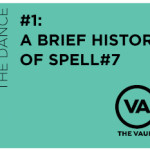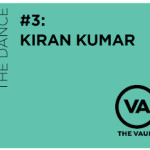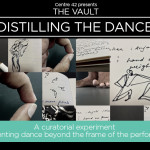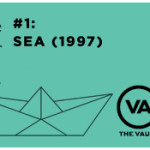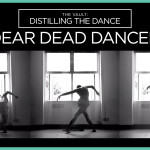After moving into their new home at 65 Kerbau Road in Little India in 2002, theatre company spell#7 wanted to introduce their audience to their neighbourhood. Their initial plan was for performers to bring groups of up to six people on a guided tour. Titled Kinda Hot, it was schedule to happen in July that year. It was ultimately cancelled, however, as it was refused a public entertainment license because it breached a rule stating that performers are not allowed to be “mingling” with the audience for more than 15 minutes.
Structured like a guided tour where a performer leads up to six people to a location and speaks to them, the interactive play was later refused a public entertainment licence because it breached the 15-minute mingling rule.
The rule in the licensing agreement states that if a performer wishes to interact with an audience, the duration should not exceed 15 minutes.
Source: Sites and sounds of Little India by Ng Hui Hui. In The Straits Times (29 September 2004).
Undeterred, the group decided to try out a new format that they had heard artists in London and New York were using – an audio-guided tour. This had never been done in Singapore before, but spell#7 teamed up with Evan Tan from the band The Observatory to record some music, and ended up creating a 45-minute experience called Desire Paths.
The way it worked was simple – participants would meet at Kerbau Road, collect a portable CD player and a map, and set off to explore the district by following the instructions from the recording. But on top of learning about the significance behind landmarks such as the Sri Veeramakaliamman Temple, they also followed the story of a fictional couple, and encouraged to take part in activities in the area like having their fortune told by a parrot. Said Ben Slater, the associate director of spell#7 and co-playwright of Desire Paths:
[Little India is] an area full of vibrancy and rich sensory experiences and also has lots of little nooks and crannies that casual visitors don’t notice. We want people to look beyond the surface of the place. Sites and sounds of Little India; Desire Paths, an audio tour devised by local theatre company Spell#7, lets participants experience the area in an unconventional way by Ng Hui Hui. In The Straits Times (29 September 2004).
The Singapore Tourism Board picked up on the idea and gave spell#7 a grant to carry the project forward. A Mandarin and Japanese version of the tour was made available a few months later.
Desire Paths (2004)
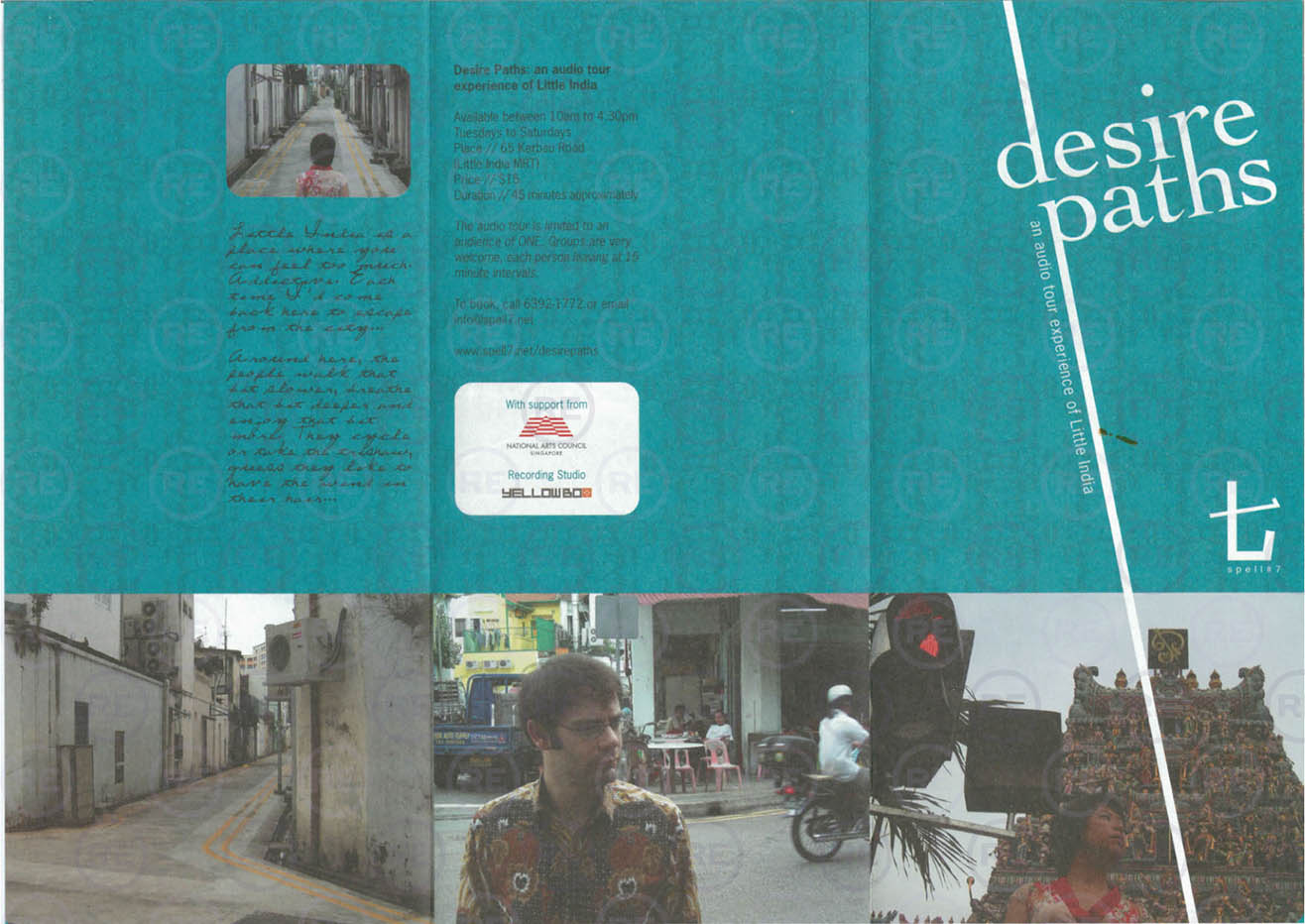
Brochure from “Desire Paths”.
(Source: Centre 42 Repository)
The audio tracks from “Desire Paths” are available here:
https://soundcloud.com/spell-7-706237284/sets/desire-paths
Other Audio Works by spell#7
Sky Duet (2008)
spell#7 staged an audio performance at the Singapore Flyer the same year the attraction opened. Sky Duet invited participants to plug their headphones into an mp3 player, step into a capsule and listen to a 30-minute recording. Timed to coincide with one trip around the observation wheel, the performance featured a series of conversations and sounds by characters contemplating what it means to grow old in a fast-paced city like Singapore.
Video: https://www.facebook.com/spellseven/videos/573704576117165/
Audio: https://soundcloud.com/spell-7-706237284/sets/sky-duet
Ghostwalking (2010)
Keen to see how far they could take the audio tour format, spell#7 once again collaborated with Evan Tan, as well as visual artist Sherman Ong, in 2010 for Ghostwalking. Here, audiences followed the journey of a character named Tony by travelling along the North-East MRT line. They are asked to stop off at Dhoby Ghaut, Outram Park, Little India and Punggol stations to embark on audio-guided walks. The audience could download the soundtracks to their smart phones, and also view three video works showing confessions of various people who live in Singapore.
Audio: https://soundcloud.com/spell-7-706237284/sets/ghostwalking
And Then There Was One (2013)
Inspired by the real-life murder of Edward Tan in 1926, And Then There Was One was a whodunit audio tour sited at the NUS Baba House, a Straits Chinese conserved shophouse located on Neil Road. Audience members, given portable mp3 players, were guided around the various spaces in the house as well as the surrounding neighbourhood by the voices of characters. They were also provided with a set of case notes to help them solve the crime. And Then There Was One was presented as part of the NUS Arts Festival.
NUS Arts Festival And Then There Was One webpage: http://www.nus.edu.sg/cfa/NAF_2013/th-and-then.html
By Gwen Pew & Daniel Teo
Published on 16 June 2016
The Vault: Distilling the Dance is the first of three presentations focusing on local dance-makers’ responses to Singapore play-text. This is a part-research-part-presentation endeavour to investigate movement in space and the body through inspired by play-texts. In Distilling the Dance, dance artist Kiran Kumar works with spell #7’s audio archives. More information here.


